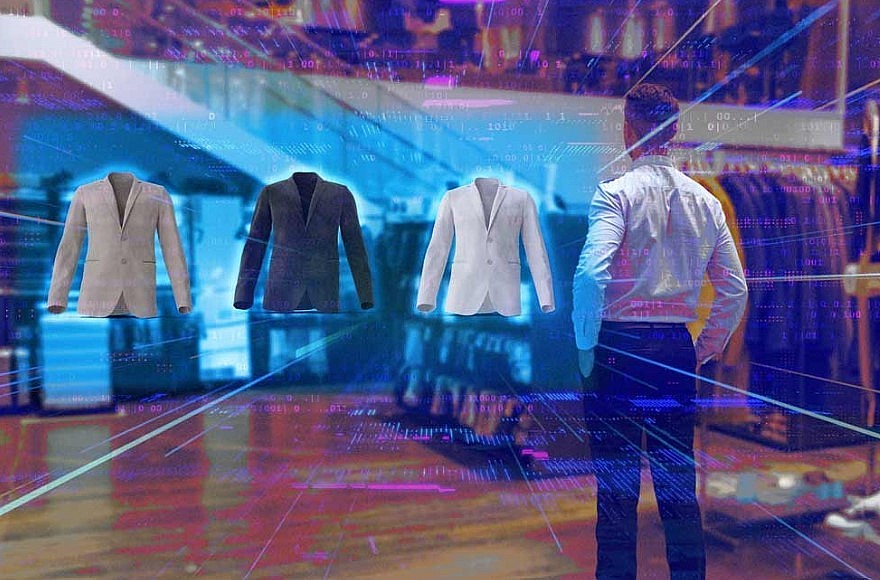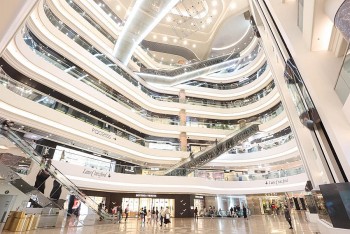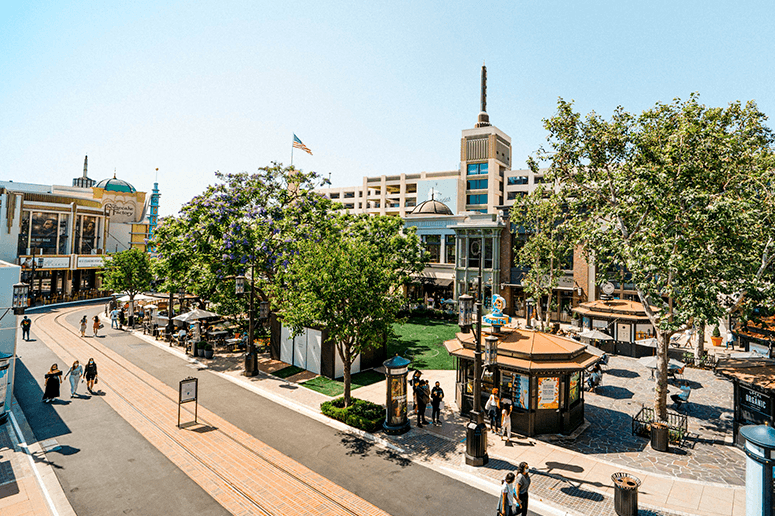Immersive Retail: How Brands Are Using Tech to Make You Feel, Not Just Buy
 |
| Customers want more than just a product transaction—they crave immersive, memorable experiences |
Retail is no longer just about selling products — it's about creating moments that stick. As shoppers become harder to impress and easier to scroll past, brands are turning to immersive technology to transform retail into an emotional, memorable, and multi-sensory journey.
Welcome to the age of immersive retail — where you don’t just browse, you belong.
What Is Immersive Retail?
Immersive retail uses tools like AR (Augmented Reality), VR (Virtual Reality), spatial audio, AI, and interactive installations to create shopping experiences that go beyond the transaction. These experiences invite customers to touch, feel, try, and engage — even if they’re thousands of miles away.
It’s not just about flashy tech. It’s about storytelling through experience — turning stores, screens, and even smartphones into digital playgrounds that spark curiosity and emotional connection.
Why Immersion Matters in Modern Commerce
Modern consumers crave experiences, not just products. According to a 2025 survey by Accenture, 73% of Gen Z and Millennials say they’re more likely to buy from brands that offer “emotionally engaging, tech-powered retail experiences.”
Immersive retail works because it:
-
Makes shopping interactive, not passive
-
Builds brand memory through emotion and presence
-
Increases conversion rates through personalization and novelty
-
Encourages social sharing via TikTok, Instagram, and YouTube
Examples of Immersive Retail Done Right
Nike House of Innovation (New York & Shanghai)
Nike turns its flagship stores into interactive playgrounds with AR product scanning, real-time customization, and gamified try-on experiences.
Gucci Garden on Roblox
Gucci’s digital exhibition lets users explore themed rooms, purchase virtual wearables, and interact with other users — a full-blown branded world inside the metaverse.
IKEA Place App
Using AR, shoppers can drop furniture into their living rooms to see scale, color, and fit — reducing returns and increasing buyer confidence.
Sephora Virtual Artist
This AR beauty tool lets users try on makeup in real time, customized to their skin tone, lighting, and facial features — turning product testing into a personalized, digital beauty counter.
Read more: Why Immersive Experiences Are the Future of Digital Storytelling
In-Store Meets Online: The Phygital Future
The best immersive retail strategies merge physical and digital — aka “phygital.”
Examples include:
-
Smart mirrors that suggest outfits based on your body type
-
NFC-embedded products that launch stories or videos when scanned
-
Live shopping events blending influencers and ecommerce
-
Virtual pop-ups in the metaverse tied to real-world campaigns
This hybrid approach gives brands the reach of e-commerce plus the impact of real-life presence.
Challenges and What to Watch
Immersive retail isn’t without friction:
-
Tech costs and infrastructure remain high for smaller brands
-
Requires UX-first design to avoid overwhelming users
-
Needs consistent brand voice to unify virtual and physical experiences
But with the rise of low-code tools, affordable AR engines, and AI-generated content, immersive retail is quickly becoming scalable for mid-size brands and even solopreneurs.
Takeaway: Don’t Just Sell — Transport
In a world where attention is the scarcest currency, immersive retail is not a luxury — it’s a strategy.
Shoppers remember how you made them feel, not just what you sold.
The future belongs to brands that don’t just sell a product — they build a world around it.
Frequently Asked Questions (FAQs)
1. What is immersive retail?
Immersive retail refers to shopping experiences that use technology like AR, VR, and interactive digital elements to engage customers beyond traditional browsing. It blends entertainment, storytelling, and personalization to create deeper emotional connections with the brand.
2. How does immersive retail benefit brands?
Immersive retail boosts customer engagement, increases time spent with products, improves brand recall, and often leads to higher conversion rates. It also encourages social sharing and strengthens customer loyalty through emotional, interactive experiences.
3. What technologies are used in immersive retail experiences?
Common technologies include:
-
Augmented Reality (AR)
-
Virtual Reality (VR)
-
AI-powered personalization
-
Smart mirrors and interactive displays
-
NFC tags and QR codes
-
Metaverse platforms (e.g., Roblox, Spatial)
4. Can small businesses implement immersive retail strategies?
Yes. While large brands may lead the way, small businesses can use affordable tools like AR filters (via Spark AR or Canva), 360° product views, or simple interactive quizzes to create immersive shopping experiences without heavy investment.
5. What’s the difference between immersive retail and experiential marketing?
Immersive retail is often part of experiential marketing. However, immersive retail focuses specifically on the shopping experience, using technology to enhance product interaction. Experiential marketing is broader and can include events, pop-ups, and brand activations that may not involve a direct sale.
6. Is immersive retail only for in-store shopping?
No. Immersive retail blends both in-store and digital experiences. Many brands create “phygital” strategies — combining physical touchpoints with digital interactivity — such as AR-enabled ecommerce or virtual showrooms.
7. How does immersive retail impact online shopping behavior?
Immersive retail helps replicate the in-store experience online. AR try-ons, virtual product demos, and interactive 3D views improve customer confidence and reduce return rates, leading to more informed and satisfying purchases.
8. What are some examples of successful immersive retail campaigns?
-
Sephora’s Virtual Artist AR tool
-
Nike’s House of Innovation stores
-
IKEA Place AR app
-
Gucci’s Roblox digital world
These campaigns merged technology with brand storytelling, driving engagement and viral exposure.
 Top 10 Biggest Shopping Malls In Hong Kong for 2025 Top 10 Biggest Shopping Malls In Hong Kong for 2025 Hong Kong is known as a shopping haven because of the abundance of distinctive, fine handcrafted goods, apparel, and jewelry available almost everywhere. Check out ... |
 Top 10 Biggest Shopping Malls In Los Angeles for 2025 Top 10 Biggest Shopping Malls In Los Angeles for 2025 Los Angeles, one of the biggest cities in the US, has a lot of big shopping centers. While you're there, find out which mall is ... |
 Top 10 Best and Largest Shopping Malls in the U.K 2025 Top 10 Best and Largest Shopping Malls in the U.K 2025 Discover the top 10 shopping centers in the UK, perfect for gift ideas, finding specific items, or enjoying a fun shopping experience beyond online stores. |
 JCPenney to Close Stores Across the U.S.: Full List and What's Behind the Decision JCPenney to Close Stores Across the U.S.: Full List and What's Behind the Decision JCPenney, once a cornerstone of American retail, is closing eight more stores in 2025 as part of its ongoing transformation strategy. |























